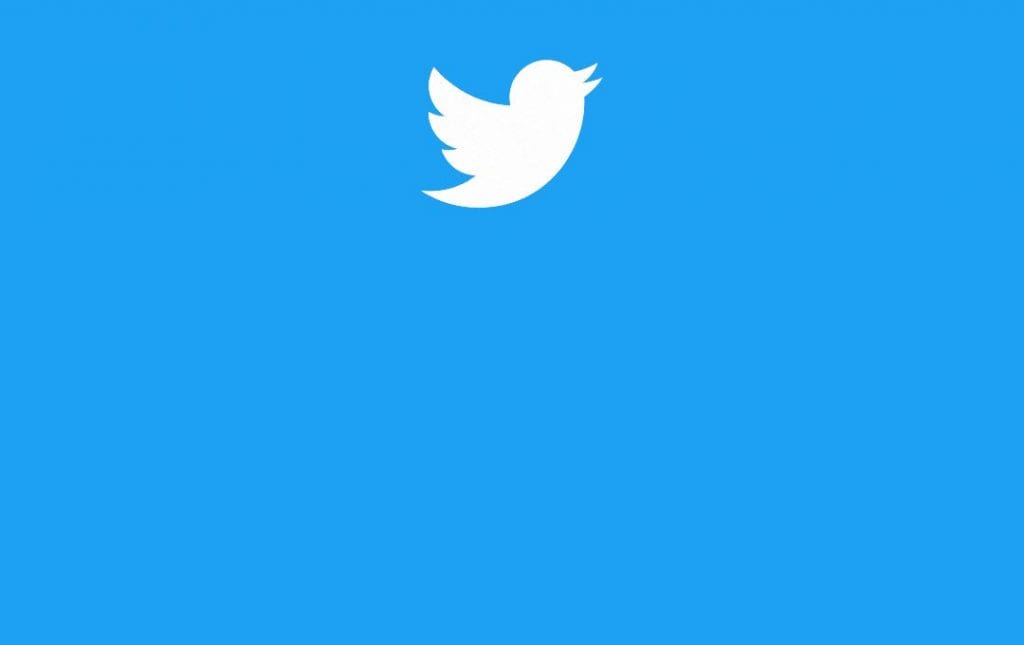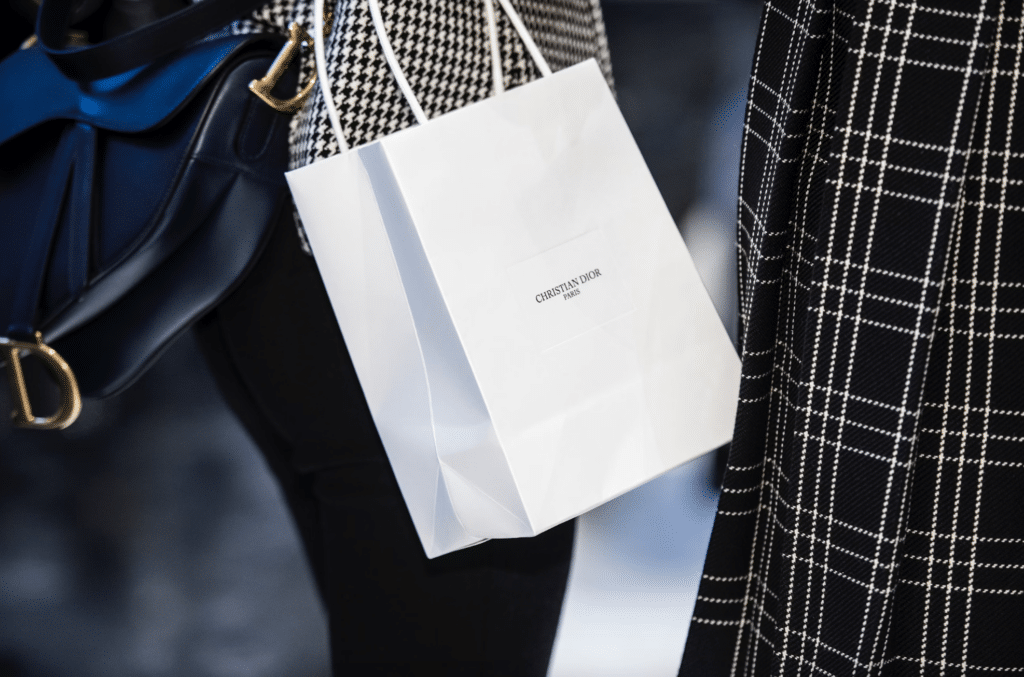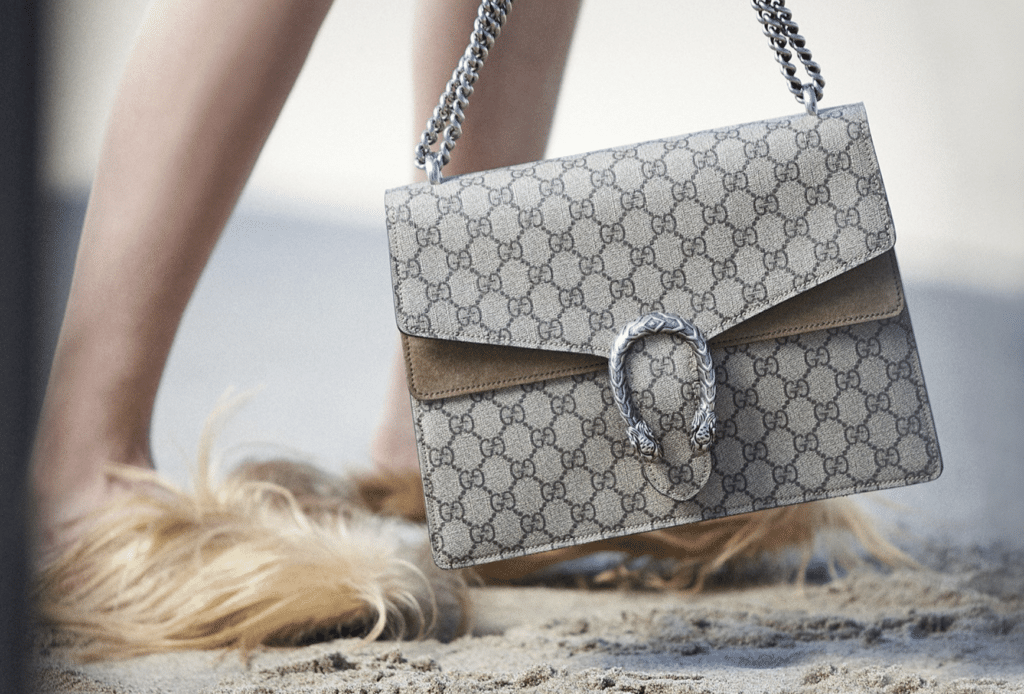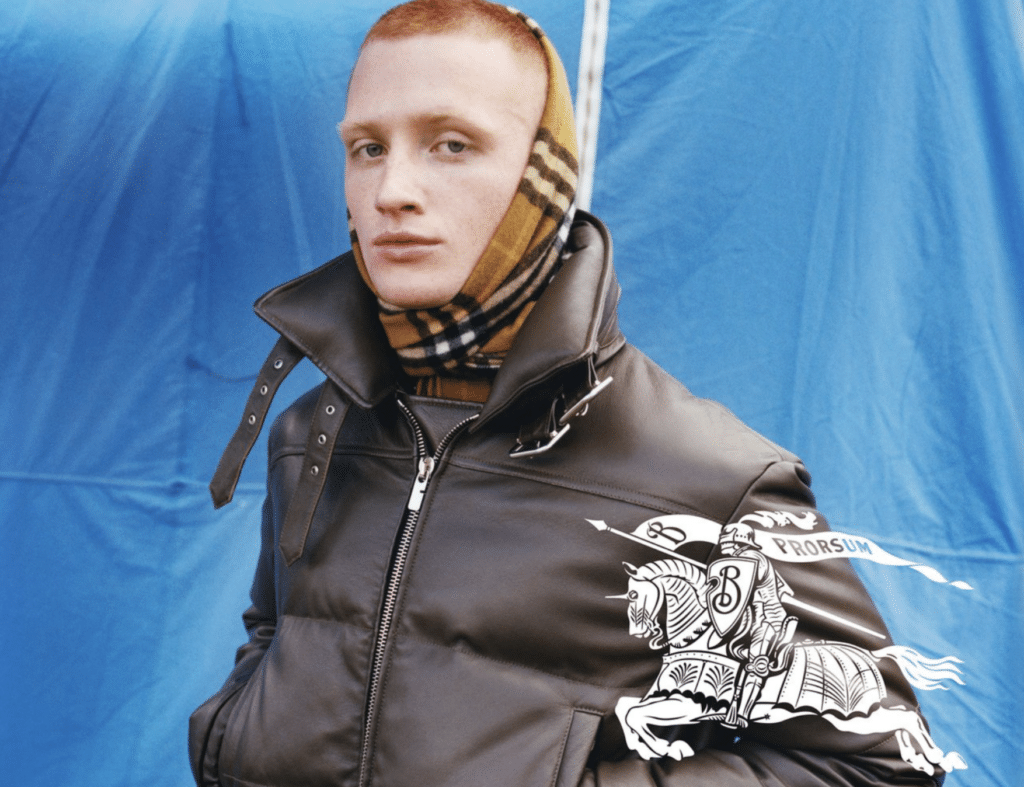A new decision from a New York federal judge could have a chilling effect on how we use the internet, according to experts. This past week, Judge Katherine Forrest of the U.S. District Court for the Southern District of New York held that Vox, Time, Yahoo, and Breitbart, among other publications, infringed another’s copyright-protected image of football star Tom Brady simply by embedding another person’s tweet that contained the image on their websites.
According to the Electronic Frontier Foundation, the leading nonprofit organization defending civil liberties in the digital world, “if adopted by other courts, this legally and technically misguided decision would threaten millions of ordinary Internet users with infringement liability.”
But let us back up just a bit. The decision, which was issued this past week, comes after Justin Goldman filed a copyright infringement lawsuit against the websites in April 2017. According to Goldman’s complaint, he snapped a photo of Tom Brady, Danny Ainge, and others on the street in East Hampton, New York, which he uploaded to his Snapchat Story. Shortly thereafter, the photo then went “viral.”
As noted by Judge Forrest, the photo “traveled through several levels of social media platforms—and finally onto Twitter, where it was uploaded by several users, including Cassidy Hubbarth (@cassidyhubbarth), Bobby Manning (@RealBobManning), Rob H (@rch111), and Travis Singleton (@SneakerReporter).” At this point, the defendants in the case, all of which maintain online news outlets and blogs, published articles “prominently featuring the photo by ‘embedding’ [one of the aforementioned user’s tweets] into [their] articles.”
It is undisputed in the case that the defendants did not copy or save the photo onto their own servers. Instead, they made the photo visible in their articles by embedding it by way of HTML code, which directs a user – should he click on the image – to the third-party website (Twitter in the case at hand) to retrieve the image.
But as indicated by Judge Forrest’s decision this past week, it is not necessarily any less damning for the defendants that they embedded the tweets, as opposed to saving the image and posting it on their websites. In embedding the image by way of a tweet, they still managed to run afoul of one of the several exclusive rights that Goldman has as the copyright holder of the image: The exclusive right to display the image.
According to Judge Forrest’s decision, “[W]hen the defendants caused the embedded Tweets to appear on their websites, their actions violated plaintiff’s exclusive display right; the fact that the image was hosted on a server owned and operated by an unrelated third party (Twitter) does not shield them from this result.”
In reflecting on the case, which could very well be subject to an appeal (should the media giants seek one), the Electronic Frontier Foundation stated, “We hope that [the] ruling does not stand. If it did, it would threaten the ubiquitous practice of in-line linking that benefits millions of Internet users every day.”
While it is clear that, as Electronic Frontier Foundation states, such a ruling could potentially deprive Internet users of linked-to content, the question of : Should truly average Internet users – i.e. those maintaining social media accounts from they they do not derive a profit – fear that they will be slapped with copyright infringement lawsuits, themselves, if they link to others’ content? That seems unlikely.
In addition to serving as wildly impractical for the copyright holders to file lawsuits against average people that have linked to their imagery, it would almost certainly be prohibitively expensive (litigation is expensive, after all) to file such a suit given that arguably very limited benefits to be derived. And as you will notice, none of the individual Twitter users that made use of Goldman’s image on their own timelines were named as defendants in the lawsuit.
The Playboy Cases
The ruling in “the Tom Brady tweet case” comes shortly after Playboy has been on something of a litigious tear in connection with others’ practice of linking to its copyright protected imagery. BoingBoing and its parent company Happy Mutants, LLC were slapped with a copyright infringement lawsuit by Playboy in November 2017, over a February 2016 article, entitled, “Every Playboy Playmate Centerfold Ever.”
According to Playboy’s complaint, which was filed in the U.S. District Court for the Central District of California, BoingBoing – known, among other things, for its pro-fair use stance when it comes to online content – is on the hook for the “publication of [746 images, or “every Playboy Playmate centerfold”] … without [Playboy’s authorization] for commercial purposes on its website, including, but not limited to, their use in articles and advertising.”
This might appear – on its face – to be an open-and-shut case of copyright infringement. However, things get interesting when we consider the specifics, namely, that BoingBoing did not actually put more than one of the 746 images on its site. Instead, in the article at issue, BoingBoing writer Xeni Jardin stated, “Some wonderful person uploaded scans of every Playboy Playmate centerfold to Imgur. It’s an amazing collection, whether your interests are prurient or lofty. Kind of amazing to see how our standards of hotness, and the art of commercial erotic photography, have changed over time.”
Then the article contained a link to the non-BoingBoing created Imgur page and included an embedded YouTube video that featured the 746 images, and which was, according to BoingBoing’s article, created by “YouTuber Ryan Powers.”
While that case is still ongoing, Boing Boing has asked the court to dismiss Playboy’s lawsuit, alleging that the lawsuit is a “baseless, bizarre case,” in which Playboy is targeting the sharer of the content, as opposed to those who created the infringing content. It further claimed that Playboy relies upon a “fringe copyright theory,” falsely assuming that “it is illegal to link to things that other people have posted on the web.”
Meanwhile, in the European Union, Playboy landed a victory in 2016 when the top court decided that posting links infringes a party’s copyrights when the website doing it is seeking to profit from the pictures published without permission.
UPDATED (May 28, 2019): The case was voluntarily dismissed following a settlement with Time Inc. and with consent from the last remaining defendants, Oath (formerly Yahoo!) and Heavy.com. With just two media defendants remaining following the Time settlement, Goldman’s counsel wrote in a May 9 letter to the judge that the “cons” of continuing the case outweighed the “pros” and that it was “no longer worth litigating.”
* The case is Goldman v. Breitbart News Network LLC et al., 1:17-cv-03144 (SDNY).











